Brazil facts: discover this super-cool country!
From Rio de Janeiro to the Amazon rainforest!
Join us, gang, as we set out on a South American adventure to this colourful, cultural country in our Brazil facts!
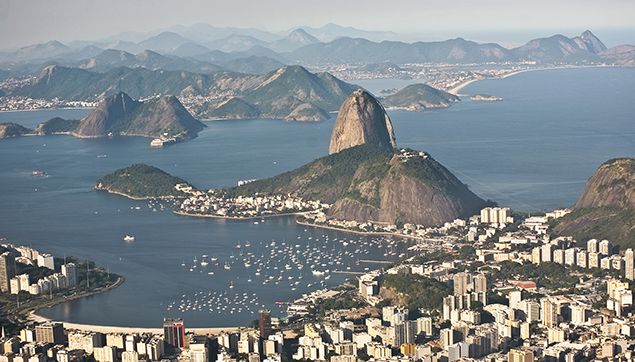
Brazil facts
OFFICIAL NAME: Federal Republic of Brazil
FORM OF GOVERNMENT: Democratic federal republic
CAPITAL: Brasilia
POPULATION: 183,888,841
OFFICIAL LANGUAGE: Portuguese
MONEY: Real
AREA: 3,286,470 square miles (8,511,965 square kilometers)
MAJOR MOUNTAIN RANGES: Serra do Mar, Serra do Espinhaço
MAJOR RIVERS: Amazon, São Francisco, Paraná, Tocantin
FLAG:

Brazil’s geography
Brazil is the largest country in South America and the fifth largest nation in the world. It forms an enormous triangle on the eastern side of the continent with a 7,400km coastline along the Atlantic Ocean. It has borders with every South American country except Chile and Ecuador.
The Brazilian landscape is very varied. It is most well known for its dense forests, including the Amazon, the world’s largest rainforest, in the north. But there are also dry grasslands (called pampas), rugged hills, pine forests, sprawling wetlands, immense plateaus (areas of level high ground) and a long coastal plain.
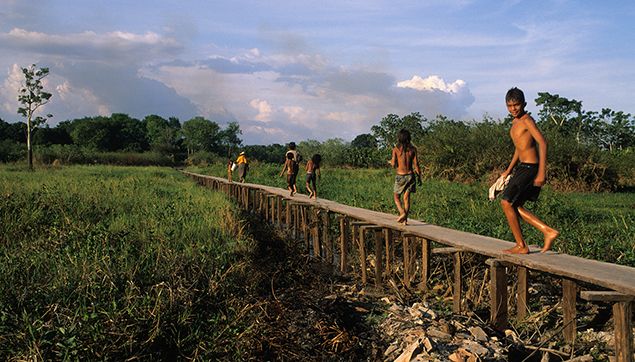
Northern Brazil is dominated by the Amazon River and the jungles that surround it. The Amazon is not one river but a network of many hundreds of waterways. Its total length stretches 6,840km. Thousands of species live in the river, including the infamous piranha and the boto, or pink river dolphin.
Southeastern Brazil was once completely covered with dense forest. Now it is the country’s industrial capital, home to Brazil’s biggest cities: São Paulo and Rio de Janeiro. It covers only 11 percent of the country but 43 percent of the country’s population lives there.
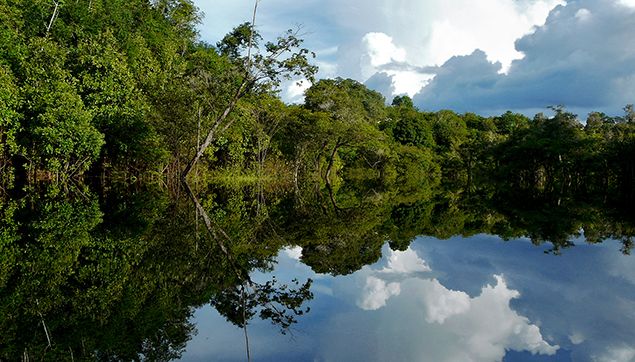
Did you know that we have FREE downloadable primary resources about Brazil’s Awa tribe and Guarani tribe? Great for teachers, homeschoolers and parents alike!
Brazilian people & culture
Most Brazilians are descended from three ethnic groups: Amerindians, European settlers (mainly from Portugal) and Africans. Starting in the 19th century, waves of immigrants from Europe, the Middle East, and even Japan added to this mix. This diversity of people has created a rich religious, musical and culinary culture.
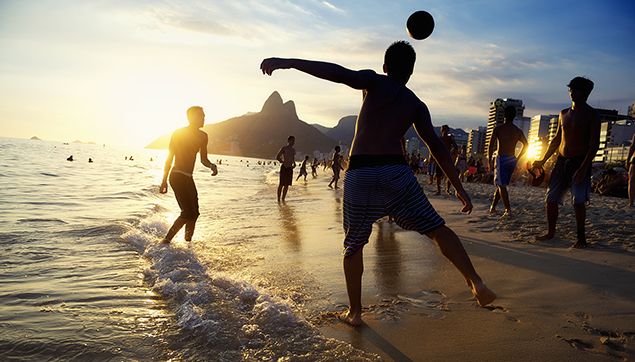
Brazilians are football crazy, and their country has produced some of the most popular players in the world! Brazil has won the FIFA World Cup finals five times, more than any other nation.
Brazil is also home to the world’s largest carnival – Rio Carnival! Each year, in the days leading up to Lent, around 2 million people take to the streets of Rio de Janeiro to enjoy music, dancing, elaborate costumes and parades.
 Carnival is one seriously cool, colourful celebration!
Carnival is one seriously cool, colourful celebration!
Brazil’s wildlife & nature
Brazil has the greatest variety of animals of any country in the world. It is home to 600 mammal species, 1,500 fish species, 1,600 bird species and an amazing 100,000 different types of insects. Brazil’s jungles are home to most of its animal life, but many unique species also live in the pampas and semidesert regions.
In the central-western part of Brazil sits a flat, swampy area called the Pantanal. This patchwork of flooded lagoons and small islands is the world’s largest wetland. Here live giant anacondas, huge guinea pig relatives called capybaras, and fierce South American alligators called caimans.

For thousands of years, people have been exploiting the jungles of Brazil. But since Europeans arrived about five centuries ago, forest destruction has become a major problem. Most of Brazil’s Atlantic rainforest is now gone, and huge tracts of the Amazon are disappearing every year. The government has established many national parks and refuges, but theses only cover around seven percent of the country.
 Sadly, deforestation means lots of Brazil’s amazing animals are losing their tree-top homes
Sadly, deforestation means lots of Brazil’s amazing animals are losing their tree-top homes
Brazilian government & economy
Brazil is a federal republic with a president, a National Congress, and a legal system. From 1888 until recently, the country struggled with democracy (where a government is decided by the population as a whole). But in 1985, the military government was peacefully removed, and by 1995, Brazil’s politics and economy had become fairly stable.
Brazil has many different soils and climates, so it can produce a great variety of crops. Its agricultural exports include sugarcane, latex, coffee, cocoa beans, cotton, soybeans, rice, and tropical fruits.
Brazil is also South America’s most industrial nation, producing chemicals, steel, aircraft, and cars.
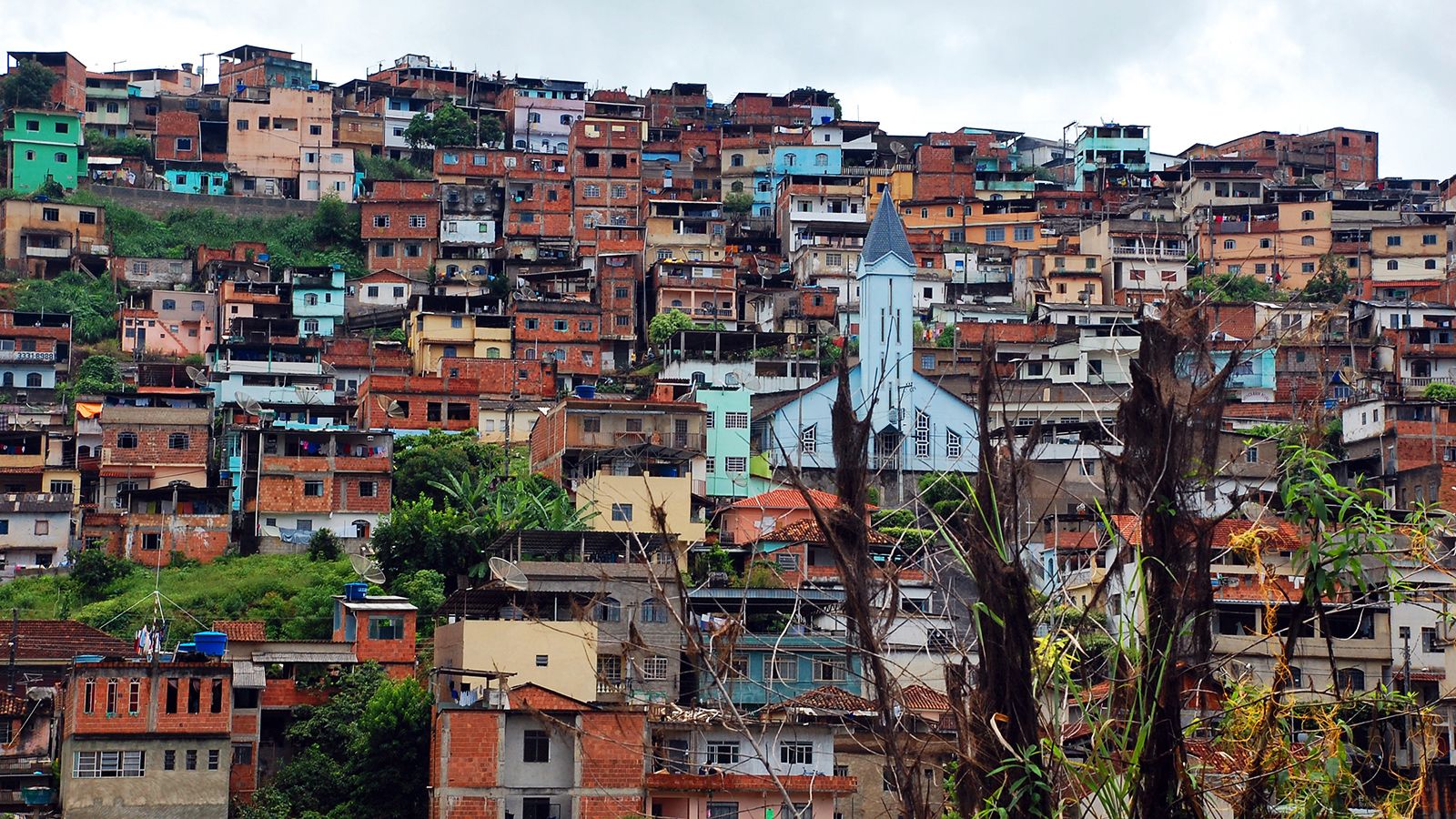 Brazil is also famous for its ‘favelas’ – slum settlements like this on the outskirts of cities
Brazil is also famous for its ‘favelas’ – slum settlements like this on the outskirts of cities
Brazilian history
Until recently, scientists thought Brazil was first settled by Asians about 10,000 years ago. But new evidence shows there were people living there at least 32,000 years ago. Some experts think they may have arrived from islands in the Pacific Ocean.
Brazil was added to the map of the world during the great European explorations in the late 15th century led by Portugal and Spain. When Europeans first reached the coast of Brazil, the country was home to about 30 million indigenous people, or Amerindians. Today, only about 300,000 remain, living primarily in Brazil’s remotest places.
Portugal established its first colony in Brazil in 1530. Colonists created sugarcane plantations along the coast and sent diamonds and gold back to Europe. Soon, people from West Africa were brought to Brazil to work as slaves. The discovery of large inland gold reserves brought thousands of people from the coasts and abroad to the interior of the country.
 Lots of slaves were brought from Africa to work on Brazil’s sugarcane plantations and in sugar mills
Lots of slaves were brought from Africa to work on Brazil’s sugarcane plantations and in sugar mills
In 1789, Brazilians tried to kick out their Portuguese rulers. The rebellion was soon put down, but it started a movement toward independence, which was successfully gained in 1822. Kings of Portuguese blood ruled until 1888, when military leaders and landowners expelled the king. This was also the year that slavery was abolished in Brazil.






LEAVE A COMMENT
THANK YOU
Your comment will be checked and approved shortly.
WELL DONE,
YOUR COMMENT
HAS BEEN ADDED!
COMMENTS
Hi ng kids I love the facts
cool
Cool
It is very good
This was very useful for school research project this was a very useful website
It’s good for facts
This is really good info!!!
Good info for projects
Hi
There is no things about landmarks on there
I'm not seing my topic but it is great
cool
i like it
this website is great!!!!!!!!!!!!!!!!!!
bad
cool
its bad
cool
cool